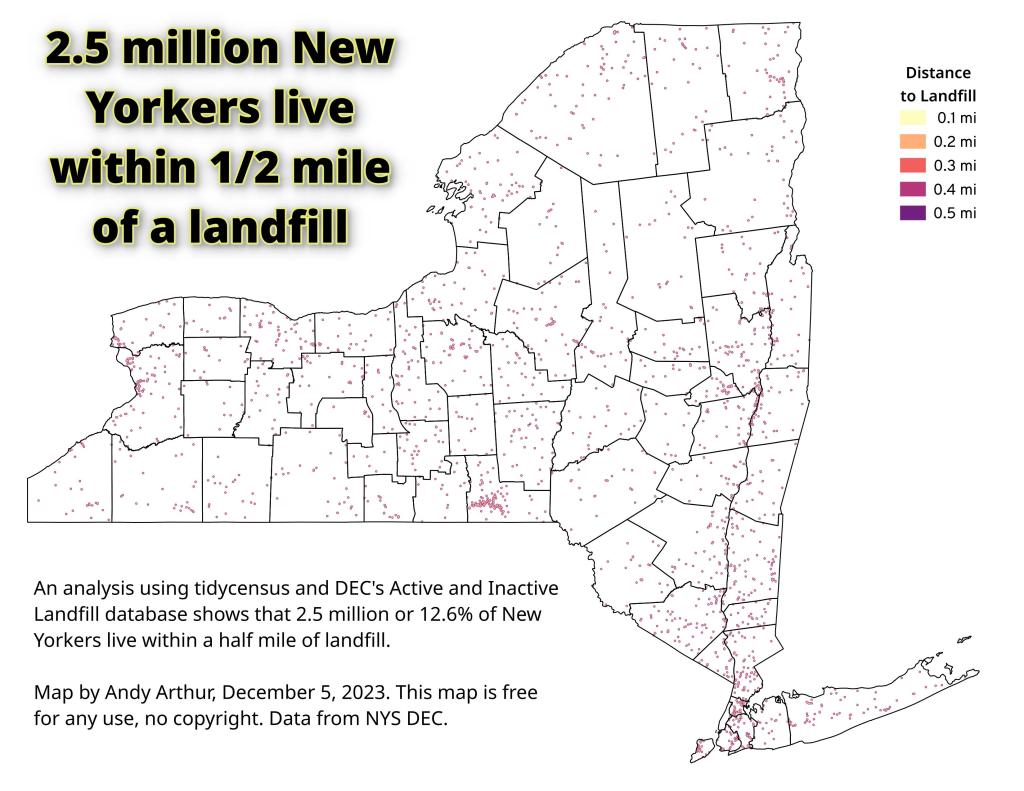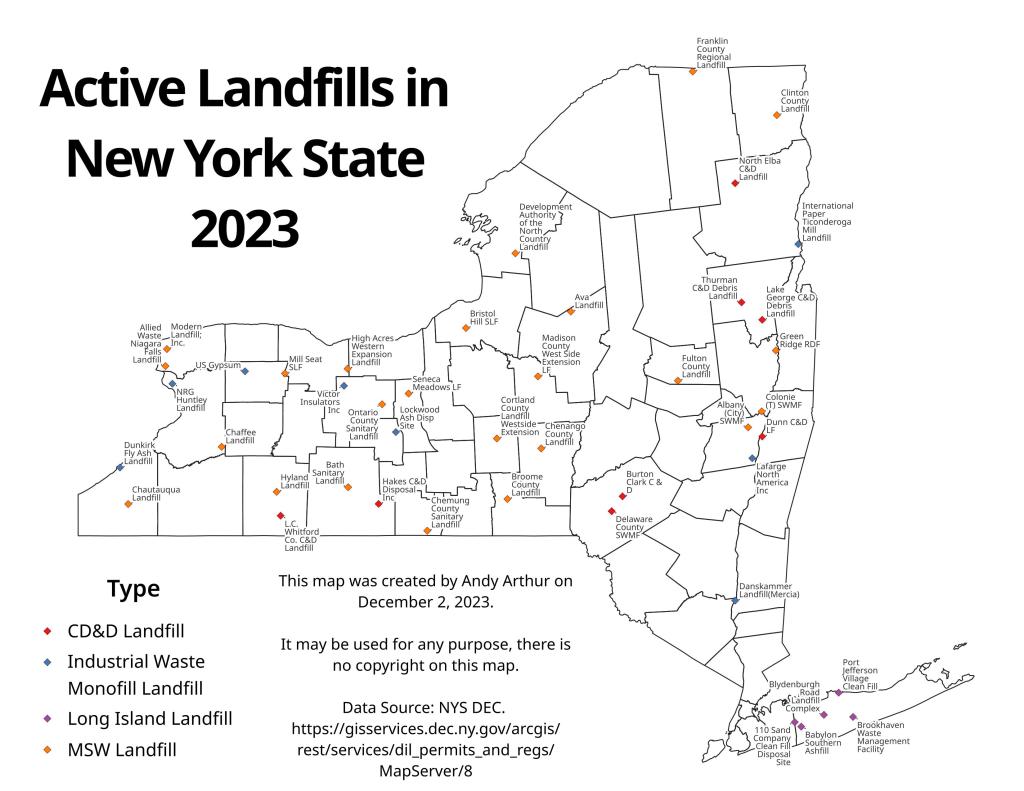The post office isn’t going anywhere. The constitution guarantees the post office and federal law requires them to set postal rates equal to their cost. The agency is off budget and doesn’t receive taxpayer money nor should it. If the post office needs money, then it should raise rates. Mail is a lot more expensive than years ago but people are still mailing letters and advertisers are still stuffing my mailbox full constantly.
Honestly, with the amount of mail I send these days, I wouldn’t mind spending a buck or two to mail a letter. Usually letters are at least that valuable to me to mail. Charge advertisers a buck or two too, they clearly can afford it. I rarely send mail, maybe one or two letters a year. But I sure get a lot of junk mail that I’m not interested in reading and it goes straight to the recycling bin. Based on the amount of junk mail I get, I feel like advertisers could pay a heck of a lot more for the amount of trash that is delivered to my mail box daily. I think many weeks the mail delivery is one of my biggest sources of trash.


